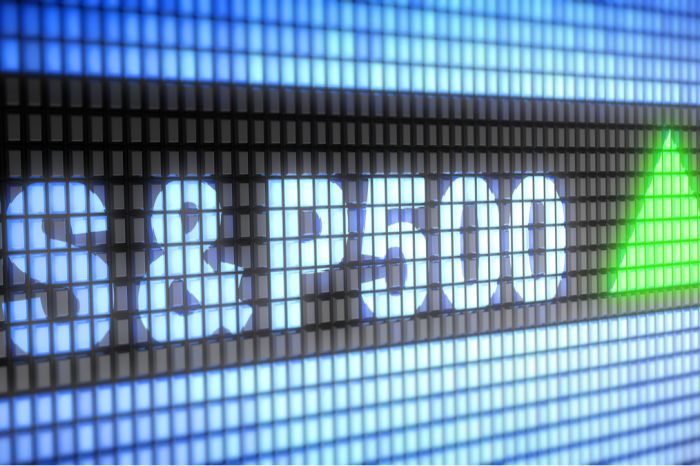Energy & Bonds
The S&P Energy Index was off 2.56% and was the worst-performing sector of the session. Oil prices slumped following a lockout at China’s Shanghai financial center aimed at curbing a spike in COVID-19 infections that sparked demand concerns.
The sell-off in the bond market resumed on Monday, with short-term yields hitting their highest level since 2019 and the yield curve, measured by the difference between five-year and 30-year yields, briefly inverting for the first time since early 2006, sparking concerns that more aggressive monetary policy by the Federal Reserve will reduce economic growth and potentially cause a recession.
The financial sector follows
Financial stocks, which many people bought or owned on the basis that they would fare better in a higher-rate environment are retreating relative to what’s happening in the bond market. According to Stephen Massocca, Senior Vice President at Wedbush Securities in San Francisco, that’s very interesting.
Strong economic data and gains by beaten-down growth stocks have helped Wall Street’s major indexes rebound in recent days, even as the conflict between Russia and Ukraine continues and a number of Federal Reserve policymakers take a hawkish tone on the path of interest rate hikes.
You may also like: Comparison of price development among commodity sectors
Still, analysts noted that value stocks remain cheap compared to their growth counterparts.
Possible positive news from Ukraine
Meanwhile, Ukraine and Russia announced that their delegations would arrive to Turkey for peace talks, which are expected to take place on Tuesday. A senior U.S. official said Russian President Vladimir Putin doesn’t appear ready to compromise, while Ukrainian officials are also downplaying the chances of a major breakthrough in the talks. So we are in a state of expectation about the whole situation.












Comments